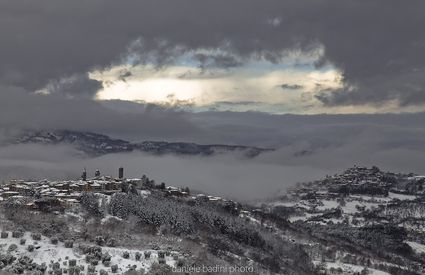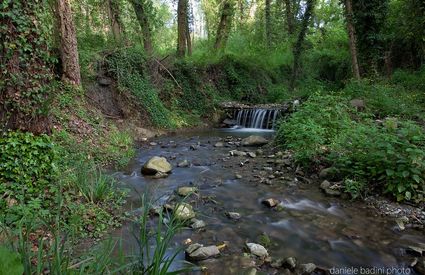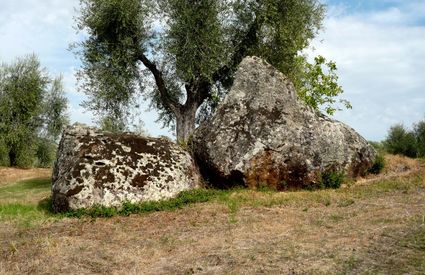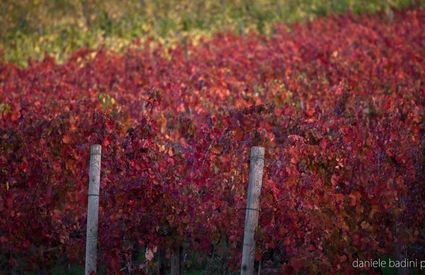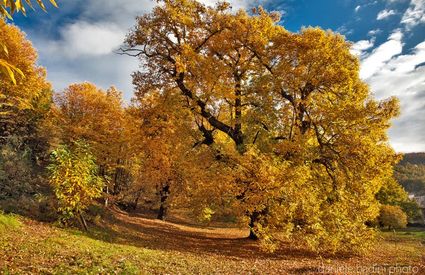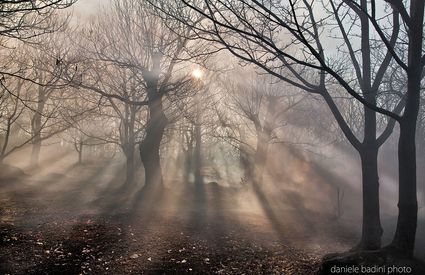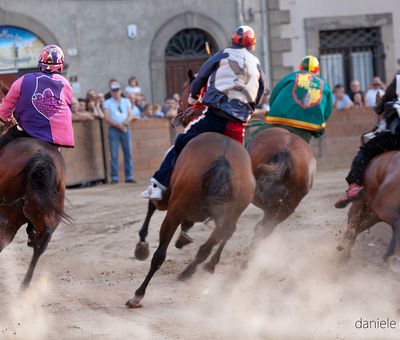September celebrations and the Palio. The Sacred and the Profane
Here, life is still very much connected to the rhythms of the earth; there’s a joining of the Sacred and Profane, marked by various celebrations in September, culminating with the Palio. Since 1431, on September 8, donkeys or horses have run to honour Our Lady of Graces. Four “contrade” or historic neighborhoods face off: the Borgo, the Monumento, the Poggio and the Storte. You might be surprised, but the fact that this tradition continues has nothing to do with tourists’ interests, though many are drawn in by it: the Palio is an important ritual for the locals—the casteldelpianesi—more than anyone else. They have an almost religious connection to this event, in which they recognize their identity. But that’s perhaps exactly what makes it so special.


